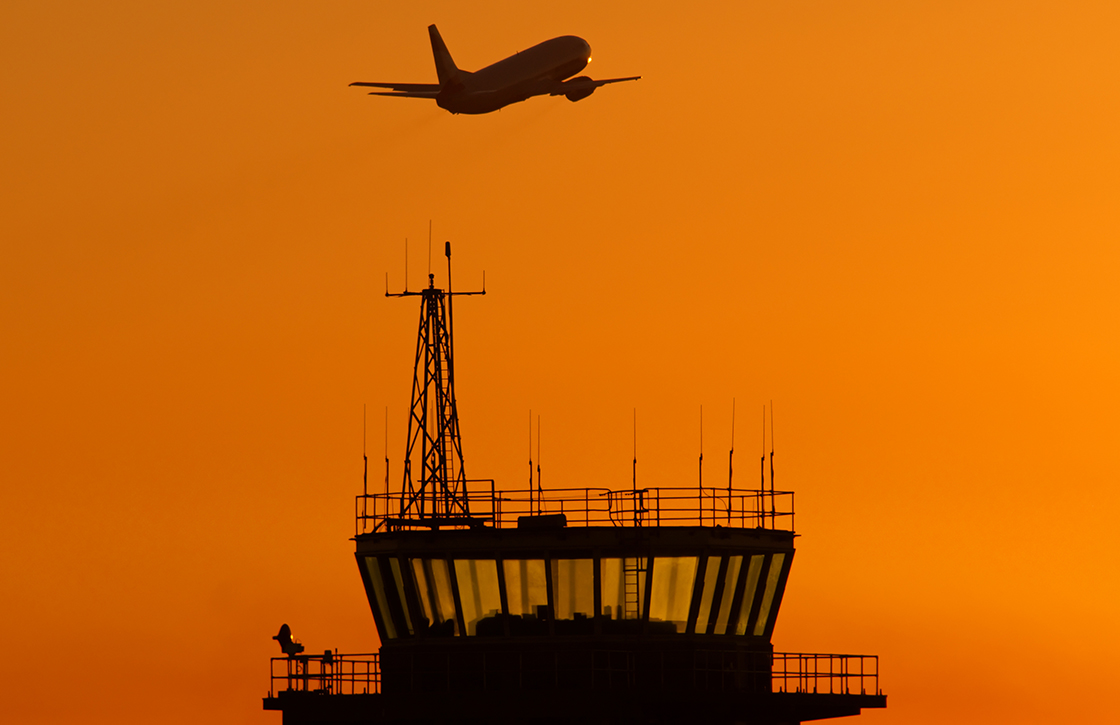Single European Sky Advanced Research (SESAR) Joint Undertaking
SESAR is the technological pillar of the EU’s Single European Sky policy and a key enabler of the EU Aviation Strategy. SESAR defines, develops and deploys technologies to transform air traffic management in Europe. The SESAR Joint Undertaking (SESAR JU) is the public-private partnership set up to define and deliver technological solutions to make this transformation a reality.
It works with all actors in the aviation value chain to agree on the research and development priorities, as well as technology roll-out plans, which are documented in the European ATM Master Plan - a collaboratively-agreed roadmap for ATM modernisation.
Founded by the European Union and Eurocontrol, the SESAR JU has 19 members, who together with their partners and affiliate associations represent over 100 companies working in Europe and beyond. The SESAR JU also works closely with staff associations, regulators, airport operators, airspace users, the military and the scientific community.
Leonardo joined the SESAR programme in 2007, deciding to take part in this initiative and contribute to building up the “Single European Sky”, to become a key player in future ATM.
SESAR aims to transform European ATM into a more modular, automated, interoperable, flight and flow-centric system that takes advantage of advances in digital and virtualisation technologies. In this new ATM ecosystem, all categories of air vehicles from commercial, general aviation, business aviation, helicopters, drones, to military aircraft are safely integrated.
As the technological pillar of the Single European Sky, SESAR aims to deliver benefits in several key areas, namely environment, capacity, cost-efficiency, safety and predictability.
SESAR lifecycle encompasses three phases:
- The European ATM Master Plan is the European planning tool for defining ATM modernization priorities and ensuring that SESAR Solutions become a reality. Both pragmatic and ambitious in its design, the Plan provides a high-level view of what is needed in order to deliver the vision of high- performing aviation system for Europe by 2035 and beyond.
- SESAR innovation pipeline through which promising ideas are explored and then moved out of the ‘lab’ into real operations. The pipeline consists of exploratory research and industrial research projects, validations and large-scale demonstrations. The end products are operational and technical solutions, known as “SESAR Solutions”, which are delivered ready for industrialisation.
- SESAR Solutions are being implemented either to answer local needs or in a synchronised and coordinated many in order to deliver a maximum of Europe-wide benefits and technical solutions, which are delivered ready for industrialization
The fourth edition of the SESAR Solutions Catalogue is now available on the SESAR JU website, charting progress in developing the technological and procedural solutions needed for delivering the Digital European Sky . These solutions offer a pathway towards recovery, and a smarter and more sustainable air transport system in Europe. The publication contains 101 delivered solutions addressing key areas of the air traffic management value chain, notably airport operations, air traffic services, network operations and the enabling infrastructure.

Leonardo in SESAR
Currently, Leonardo is involved in SESAR 2020 with 13 active projects in both Wave 2 (2020 – 2022) and Wave 3 (2021-2022), and in the closure of Wave1 projects, through the participation of the Aircraft, Electronics and Helicopter Divisions and the Leonardo subsidiaries Telespazio, Telespazio Vega, LEONARDO Germany GmbH and e-Geos, as Linked Third Parties.
In SESAR 2020, Leonardo is developing technological enablers for both the ground and air domains with the aim to propose products and services for managing the current and future ATM and for assuring to its air products (fixed and rotary wing) the capability to safely operate in the upcoming Single European Sky.
In particular Leonardo is coordinator of PJ13-W2 ERICA (Enable RPAS Insertion in Controlled Airspace) and PJ14-W2 I-CNSS (Integrated Communication, Navigation and Surveillance System). PJ13-W2 ERICA aims to provide the basis for defining, developing and validating the key operational and technological enablers that are necessary to assure the proper insertion of RPAS into non-segregated airspace.
PJ14-W2 I-CNSS aims to specify and develop the future technologies coming from the Communication, Navigation and Surveillance domains, in order to support and manage the operational services in the future ATM system, as the 4D Trajectory Management.
Leonardo main technological areas
Ground
- Integration of the new entrants in current and future air traffic environment: addition of Remotely Piloted Aircraft Systems (RPAS) and ATM Unmanned aircraft system Traffic Management (UTM) integration, within the framework of U-space.
- Architecture rationalisation: new paradigms based on resources virtualization to enhance the resilience of ATM systems and to simplify the data-link architecture (ADS-C common service).
- System Wide Information Management (SWIM) enabling the distribution of safety-critical information through a standardized European service infrastructure.
- Ergonomic and user centric Controller Working Position and Human Machine Interface.
- Surface management (A-SMGCS) solutions in partnership with ANSP.
- Use of Artificial Intelligence to improve Separation Management and Monitoring Tools.
- Advanced Techniques to reduce controllers’ workload such as Automatic Speech Recognition.
- Integrating the new SESAR pre-industrial functionalities in an advanced simulation environment.
Air
Definition, development and validation of technical and operational solutions for integrating in the current and future airspace the following categories of vehicles:
- Regional aircraft
- Military aircraft, with the aim of assuring the coexistence of military/civil aircraft
- Helicopters: the company contributes to the introduction of future Helicopters, equipped with the most advanced full glass cockpit avionics and increased operational performance, into the new European Sky ATM architecture, based on the enhancement of CNS (Communication/Navigation/Surveillance) capabilities.
- Unmanned: Leonardo took part in some precursor projects with its Sky-X and Sky-Y RPAS aimed at defining the key enablers for the insertion of RPAS into non–segregated airspace.


